The Chocolatier
Heading out of Cuenca early last Wednesday morning, we passed the Feria Libre Market. This is the biggest market in the city and one can wonder for hours, bartering, looking and touching everything from quinoa, rice, fish, pork, to fruits and vegetables. It is a magical place. I could not believe the amount of activity at this time of the morning. People were unloading trucks and carrying merchandise to their stalls.
We headed out to the lower portion of Azuay Province. I displayed the geographical lay of the land in my Banana blog, but one item I didn’t show you is below. It seems that a large portion of the chocolate beans are brought up to this region from the Coastal growing area and the beans are laid out to dry in the sun for two days. They have to be brought in at night to avoid the moisture in the air and placed back on the concrete drying beds again the next day. They are then bagged 100lb bags and transported to their processors.
We did the banana tour and headed 30 minutes away to Santa Rosa with the Cacao Plantation’s owner in our car. We had time to discuss why he had resumed his cacao business seven years ago and Byron Trujillo Erazo told us it was simple mathematics. The chocolate industry was booming and he wanted to get back in it again after a forty-year lay off. We arrived at the Casa Ostrica and it was similar to what I expected. It had a tropical look and was filled with all kinds of plants and flowers that one would expect in a tropical setting. This is an example of the orchids growing on the entry poles that line the driveway. Amazing in my opinion!
The resort was constructed with a great deal of bamboo, which grows in large clumps on the Plantation and is used for a majority of the wood needs. This photo is what you see as you enter and arrive at the lodge. There are little cabanas all over the resort. I am guessing the resort can handle about 75 people at one time. Enough of this talk. Let’s head out to the Cacao Plantation ane see the process in action.
As you enter the Cacao section and look ahead all you can see is a plethora of trees filled with varying colors of the Cacao seed pods. The bright red ones are the ripe pods and are ready for harvesting. Each day the workers journey through the Cacao trees and harvest the ripe seed pods for processing.
Our guide showed us the method used to harvest the pods. He had a huge machete and I had no reservations about letting him do the cutting. Knowing how much a klutz I am, I figured it would very easy for me to lose a finger or two and I let him do the job.
He then started the process of cutting the seed pod off and making the delicious fruit inside available. A lot of people are more than likely not familiar with the fact that the huge seed pod has fruit that surrounds the interior smaller beans.
He hacked into the seed pod and tore away a section of the outer shell. The seed pod is actually quite hard and he does not hack gingerly. I know I would slip and hurt myself, if it was left to me. I had an idea what the interior looked like, but had no idea of the taste. There is a white fruit that surrounds the beans and this has to be removed to get to the beans. The guide gave us a sample and I was floored. Once in my life have I had such a delicious morsel of fruit. That was in the Philippines when I tasted Mangosteen for the first time. I was addicted immediately. I scooped out about half the beans and ate them one at a time as we walked the Plantation. I cannot describe in mere words how wonderful the beans fruit tasted. It made the whole day worth the drive, etc.
Normally the beans are taken up to the drier climate and sun-dried for two days, but they had a quick way to dry the beans and that was using a wok like skillet over a bed of coals. You stir the beans over the heat until the outer shell becomes brittle.
When the beans are ready you individually shell each bean. At first it seems a very daunting task and I couldn’t get it right. I kept breaking the beans apart and not harvesting solid beans. I tasted one of the beans after shelling and it was very bitter. I couldn’t believe that this would turn out to be a tasty treat. One of the ladies helped me and showed me how to snap the bean which left you with the entire bean in one piece. A much better step and saved the beans.
The next step was to place the beans in a contraption that had been used for a long time and physically break the beans down into chocolate. I though, okay once through the grinder and it would be a piece of cake. Oh contraire. I had to keep scooping the chocolate residue back into the grinder and re-grind the concoction about six times. By the ends of the process I was hot, sweating and thankful I had my Tilley Hat to block out the sun from my face. The young lady broke down and the crew got her a hat, as she was starting to sunburn. By the time we got through I was worn out and my arms ached.
After I finished the grinding it was time for a chocolate drink. This photo shows that they do not waste the seed pods and use them to serve the drinks in. One also receives a dark chocolate bar from their cacao plantation and the illustration shows a cross-cut of the seed pod.
Okay I had worked up an appetite and it was time to eat a traditional meal from Casa Ostrica. Obviously Mr. Erazo wanted us to taste ostrich and that was what we were served along with rice, salad and fried plantains. I have taken a liking to the plantains and didn’t think I would. For the record the ostrich tasted just like beef to me. The others thought it had a gamey taste. Before the meal they served us a hot chocolate drink made from the chocolate shavings. It was so good I had to have a second cup. It also acted to drive my temperature down as the Green Tea in Asia does. Caught me off guard.
I talked with my wife Kim prior to our trip and she asked me to bring back some of the cacao beans if at all possible. I obtained a bag and literally scooped the remaining beans from the wok like pan over the BBQ and let them cool down. They gave me the large ball of chocolate from all my efforts and I will try to bring it home. Wish me luck as I am not sure they will allow this to enter the US. We will see. Please cross your fingers for me. I hope I can and that way my family can sample the dark chocolate. I wish that there was some way to bring home a seed pod and let Kim try the taste of that fruit. It is one of the highlights of my trip to Ecuador.
I am thankful that Mio Tours allowed me to accompany them on this fabulous trip and I learned so much about Bananas and Cacao. This El Oro Province is amazing and you drive and drive through a vast amount of banana plantations, the number one export of Ecuador, but you also are privy to all kinds of fruit trees growing wild alongside the highway. For the purposes of full disclosure both Mio Tours and Tilley Hats are sponsors. Regardless I have to say that this a fabulous tour and tasting the Cacao fruit is worth the entire trip. I also have to say a tour of Casa Ostrica is a fabulous way to spend a day in Ecuador. If you get the opportunity to take this tour, jump on it! Saludos mi amigos.
Posted By atAugust 25, 2013
Food
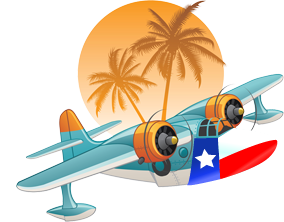
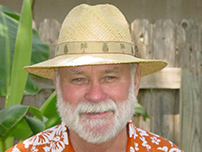
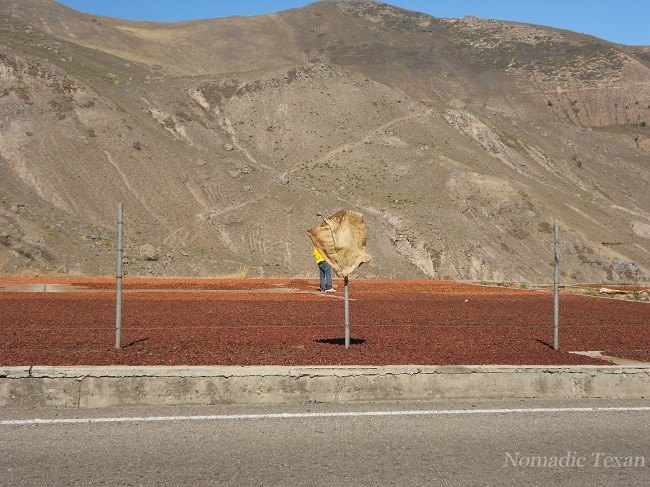
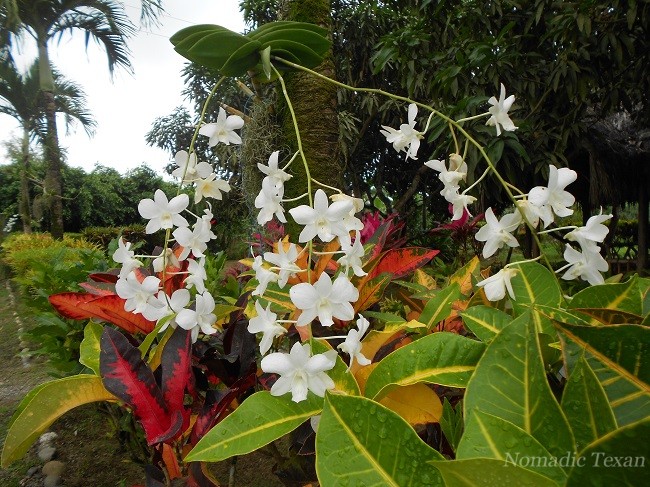
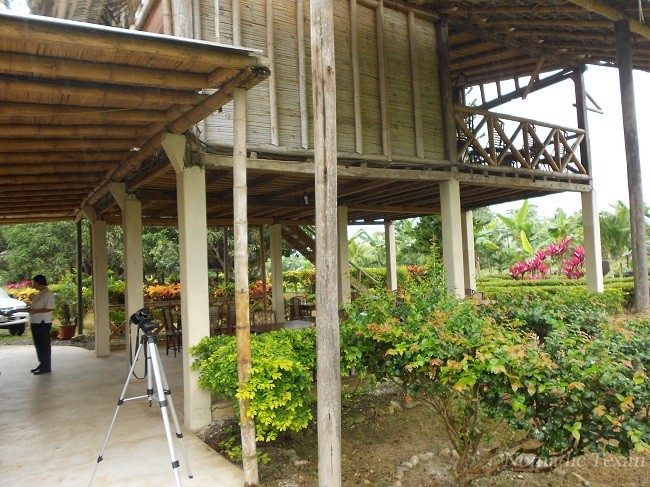
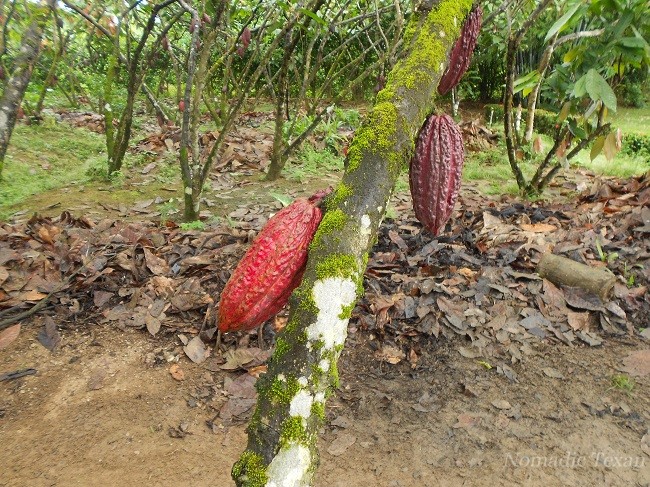
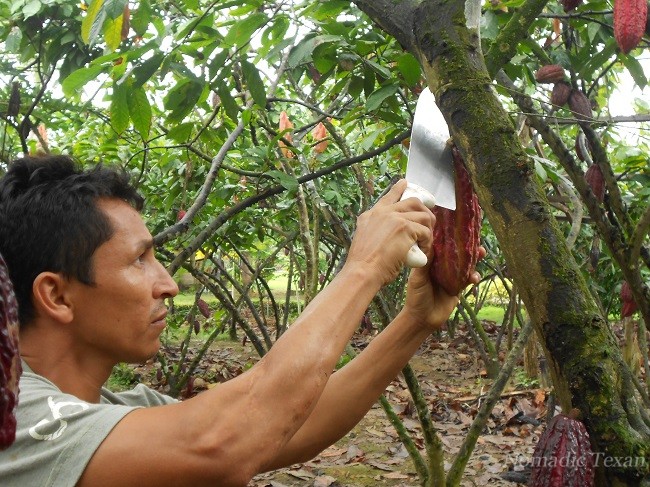
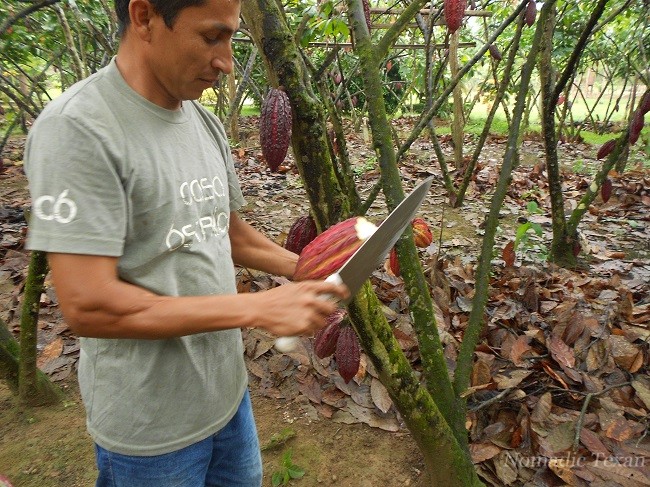
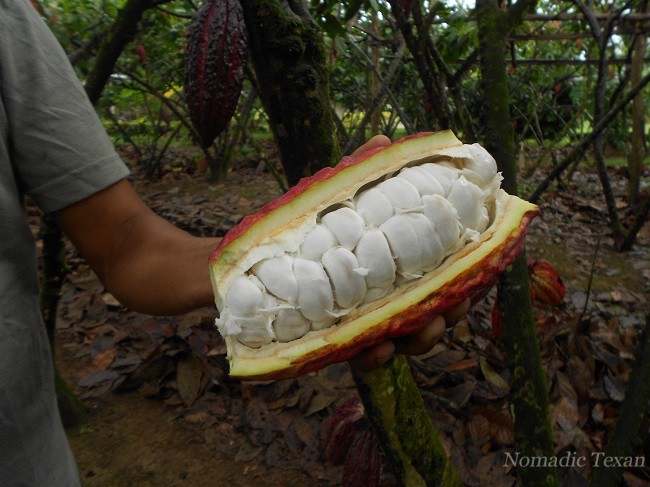
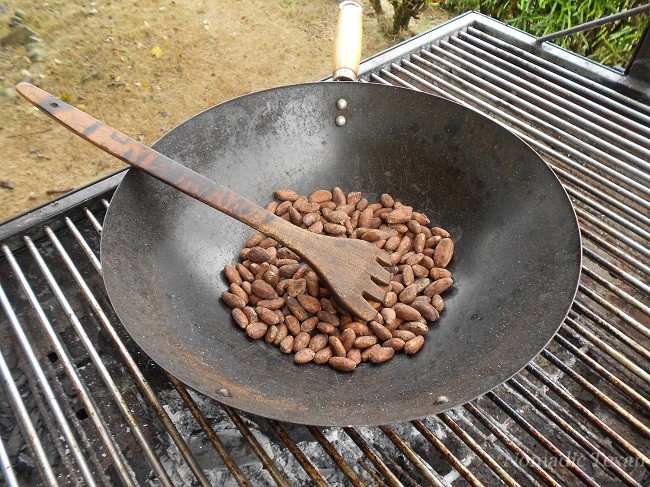
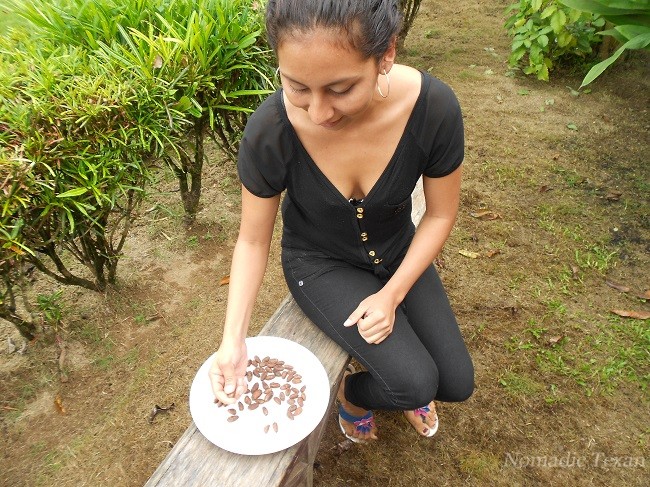

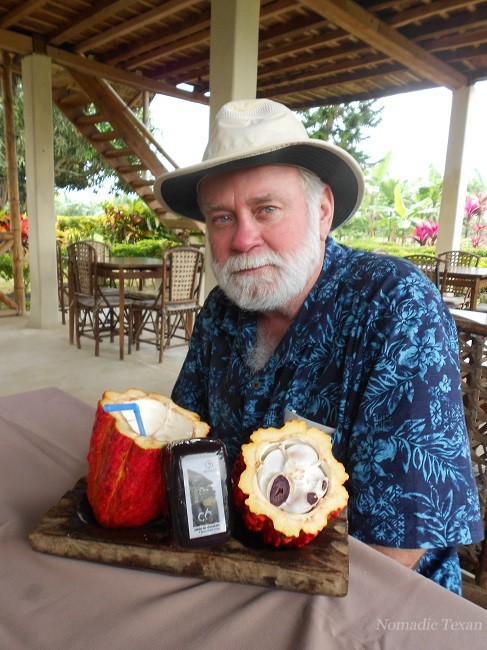
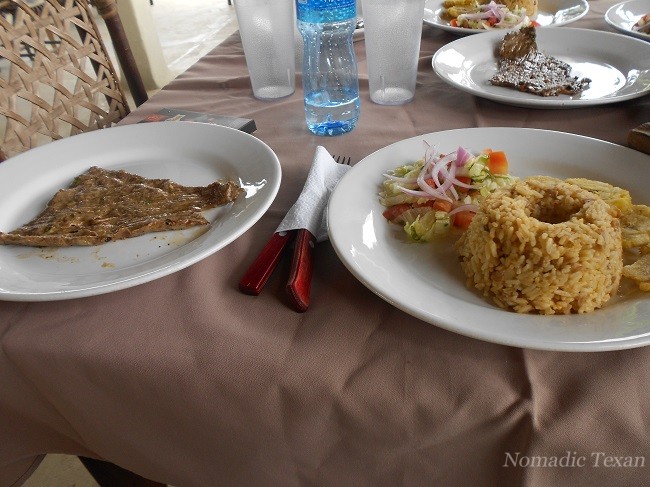
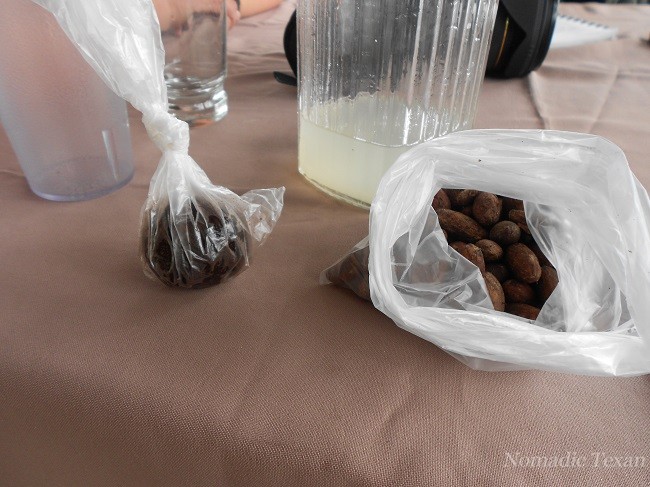








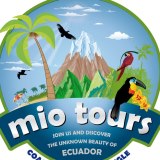

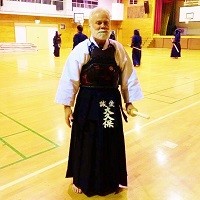


Fantastic tour, that’s a lot of cacao drying out in those fields, interesting that they use a wok to speed up the drying process. Hopefully you were able to taste the yummy white pulp also?
I’m inviting you to join us for Travel Photo Mondays, the link runs all week so I hope you can join us for the next installment?
Noel,
I did in fact taste the white pulp. It is fantastic! I can only compare it to Mongusteens in the Philippines. Love them both! The wok heating was just for us to do the processing as we didn’t have the normal two days to wait. I will look into your Travel Photo Mondays.
Mike
I love to see that you enjoyed and have been exploring in depth Ecuador.
Ecuadorian cacao is really good, and I am glad you have enjoyed both the white pulp and the final product! Loved reading this post!
Carmen,
Thank you kindly for your comment. I am so glad I sampled the white fruit of the large Cacao Seedpod. I love Ecuador and it is currently my home away from home! I try to visit as much as possible! Saludos mi amiga!
Mike